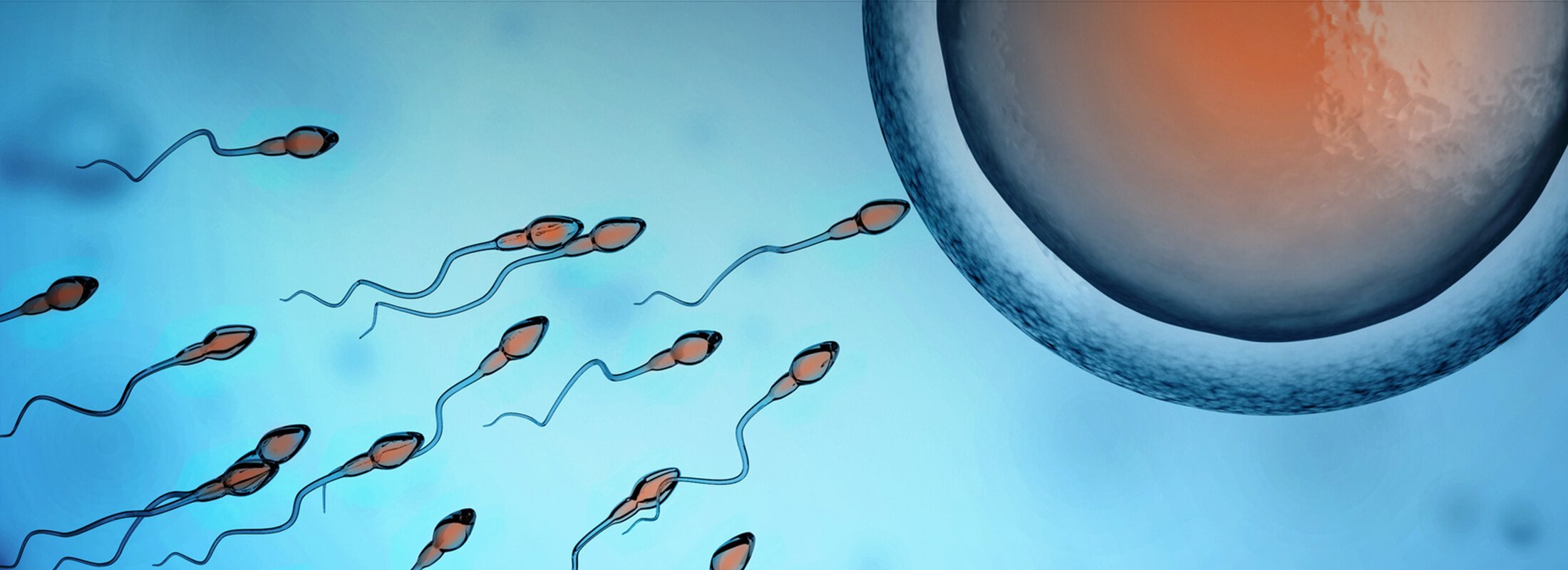Male Infertility and Sexual Health Resources
Video Library, Patient Forms and Other Helpful Information
Male Fertility & Sexual Medicine Specialists is dedicated to providing patients and referring physicians with valuable tools and exceptional male reproductive care. In this area of our site, you will find a collection of helpful information and resources.
Be sure to visit our video library with educational videos on various topics including sperm retrieval, vasectomy reversals and patient testimonials.
Explore the Resources Offered by MFS™
- Your First Consultation
- Financing & Incentives
- Fertility Dictionary
- Getting Pregnant: Tips & Tests
- Sexual Dysfunction: Tips & Tests
- General Urology Treatments
- MFS Video Library
Or visit the MFS blog to learn about sperm count, vasectomy reversal and other male fertility topics.






